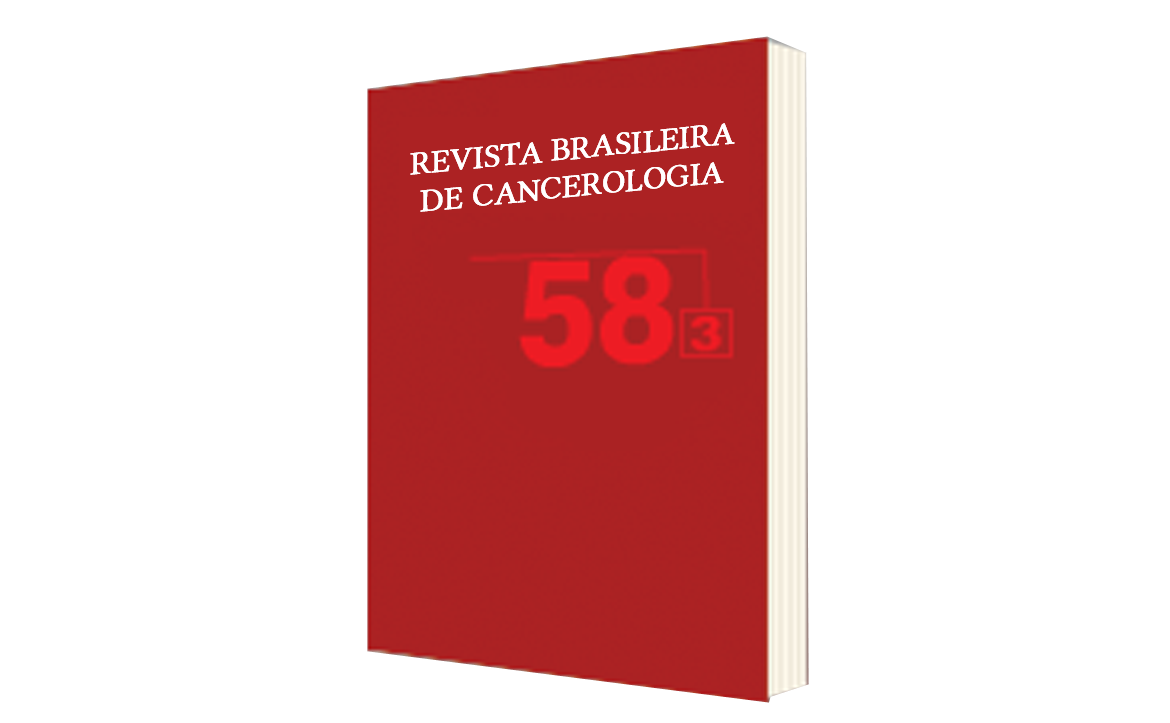Detection of Atypical Cells Associated with Sample Quality in Cervical Pap Smear Tests
DOI:
https://doi.org/10.32635/2176-9745.RBC.2012v58n3.601Keywords:
Uterine Cervical Neoplasms/pathology, Vaginal Smears, Cytodiagnosis, Mass Screening, Retrospective StudiesAbstract
Introduction: Studies have shown that the presence of cellular elements representative of the transformation zone of the cervix in the lamina collected for the Pap test favors detection of cellular atypia. Objective: To analyze association between the presence of representative cellular elements of the transformation zone and detection of cellular atypia using data from the Cervical Cancer Information System of the state of Rio de Janeiro from June 2006 to December 2009. Method: The "epithelia represented in the sample" variable was used in this retrospective study to create an indicator of the presence of cell elements that are representative of the transformation zone. This indicator was analyzed regarding its association with the "atypical cells" variable (major and minor gravity). Results: It was found that the chance of finding atypical cells in the presence of cellular elements of the transformation zone was 5.19 (5.10 – 5.28) times greater than in their absence. Considering the atypia of higher severity, the chance of detection in the presence of cellular elements from the transformation zone was greater, 5.85 (5.62-6.08). In the towns there was heterogeneity in the percentage of slides where the transformation zone and atypia were represented. Conclusion: There is evidence that the database has potential for evaluating the difference in detection of atypia between the analyzed groups, indicating a need for efforts to improve the ability of obtaining good quality samples.









